Japan reported a modest increase in nominal labor cash earnings in September, with 1.2% yoy rise that slightly exceeded market expectations of 1.0% yoy gain. This uptick, an improvement from the previous month’s 0.8%, may seem like a positive indicator at first glance, with base salary growth also marking an increase to 1.4% yoy from August’s 1.2% yoy.
However, not all components of earnings showed strength. Special payments, often a volatile category, continued to decline by -6.0% yoy , albeit a less severe contraction than -6.3% yoy reported in August. Meanwhile, overtime pay exhibited a marginal increase, rising 0.7% yoy, suggesting a modest uptick in extra working hours.
The nuanced picture of Japan’s wage situation becomes more concerning when adjusted for inflation. Real wages, which reflect the purchasing power of income, fell sharply by -2.4% yoy compared to the same month last year, marking the 18th consecutive month of decline. This persistent slide in real wages points to the squeeze on household income as inflation outpaces nominal wage growth.
In line with the strain on incomes, household spending dipped by -2.8% yoy , although the figure is marginally better than the anticipated -3.0% yoy fall. This marks the seventh straight month of decline, underscoring the ongoing reticence of Japanese consumers to open their wallets amid economic uncertainties.
On a more positive note, on a seasonally adjusted basis, household spending saw an unexpected increase of 0.3% mom, defying expectations of a -0.4% mom decline.




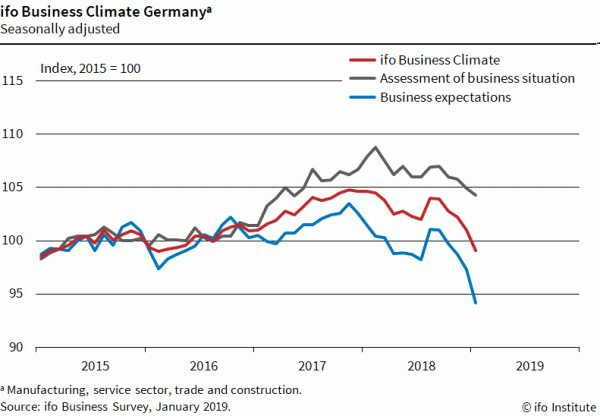
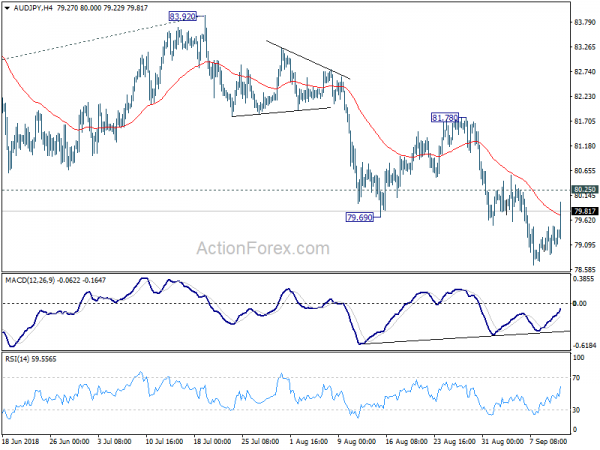
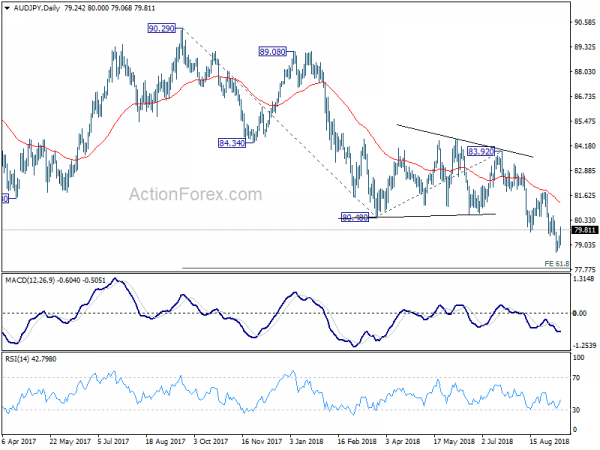

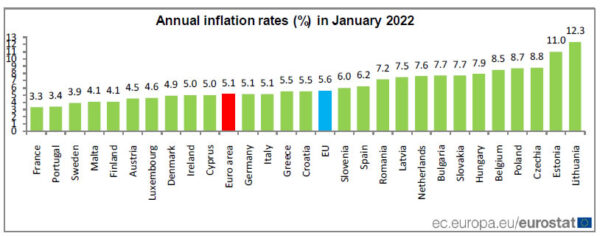
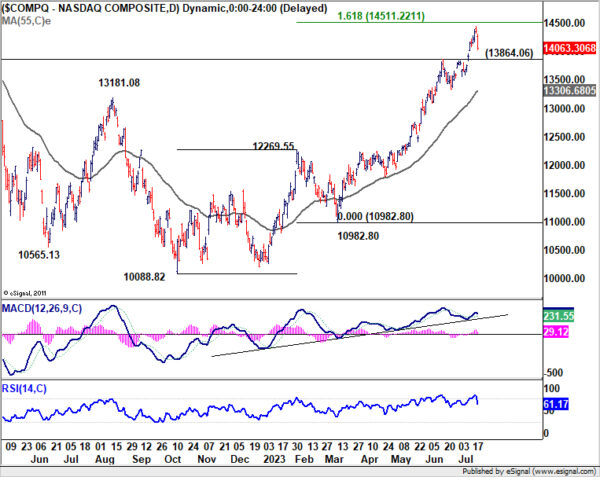
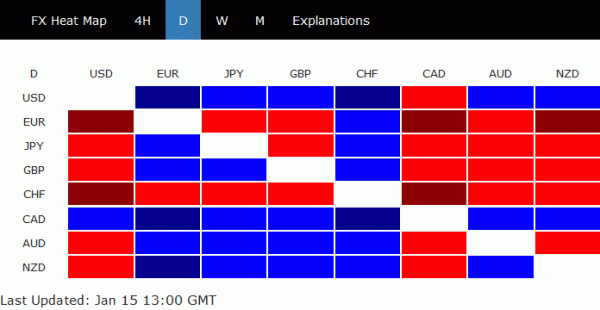
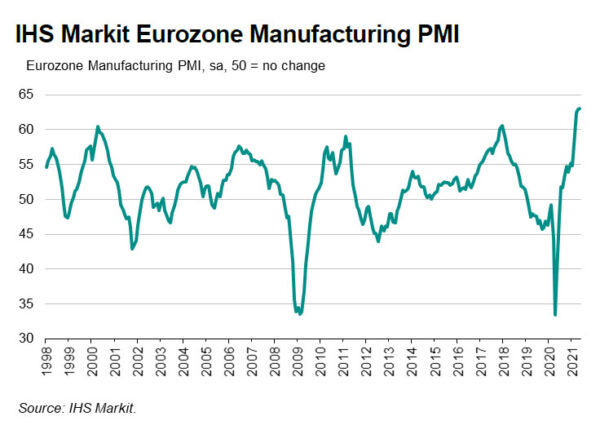
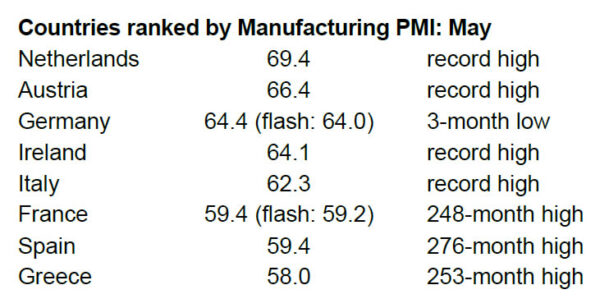
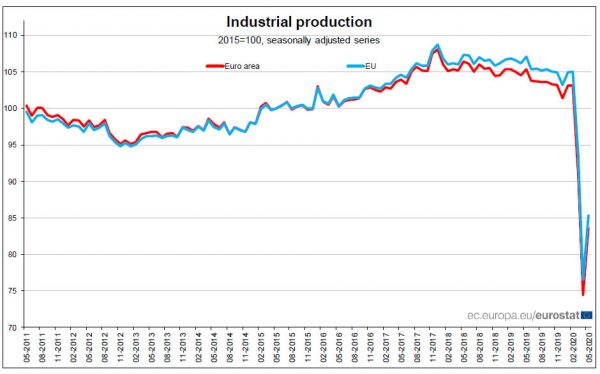
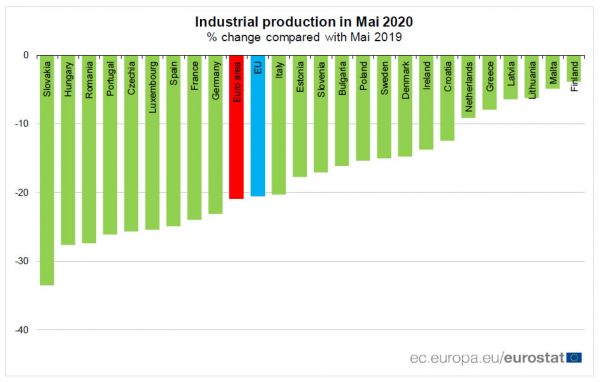
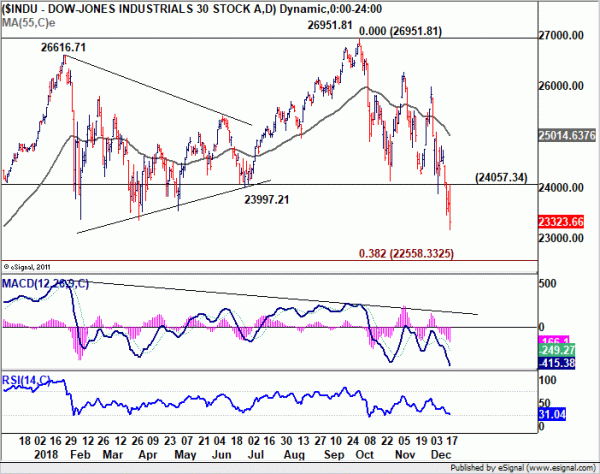
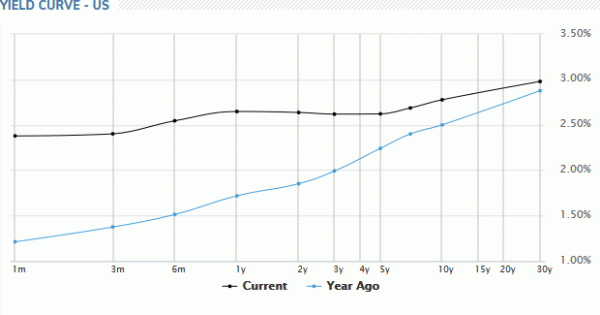
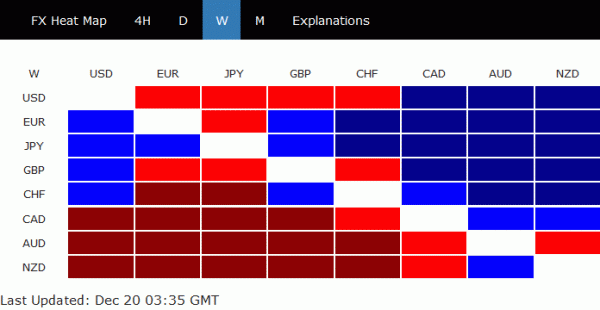
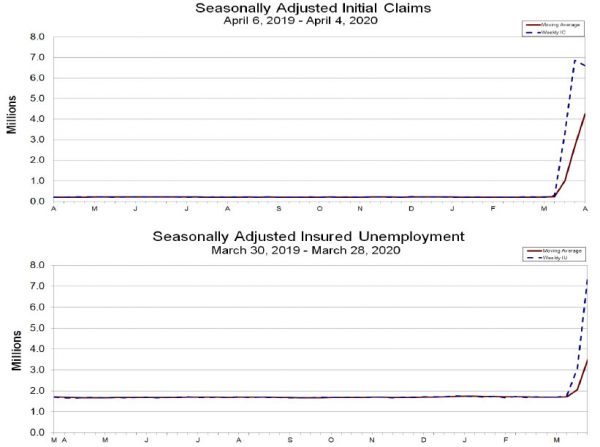

S&P 500 and DOW not looking bad despite pull back, NASDAQ vulnerable though
While US stocks suffered steep selloff overnight, the outlook isn’t generally that bad yet. S&P 500 is still holding well inside rising channel, and above 55 day EMA. The trend defining support of 3694.12 is indeed still a bit far away. So, outlook is staying bullish, in a way that rise from 3233.94 is still not under threat yet, not to mention the up trend from 2191.86. Though, bearish divergence condition in daily MACD is a warning.
NASDAQ is looking a little bit more vulnerable as it has already tested corresponding trend defining support of 12985.05. Firm break there will open up the case of deeper pull back towards 12074.06 resistance turned support. That could be an early warning of deeper correction in other indices.
But at the same time, let’s not forget that DOW just made a new record high earlier this week. It’s holding well above 55 day EMA, as well as 29837.30 support. The bearish divergence condition in daily MACD is not enough to indicate major topping yet. So overall, it’s still early to declare the arrival of medium-term scale correction in US stocks. Let’s wait and see.